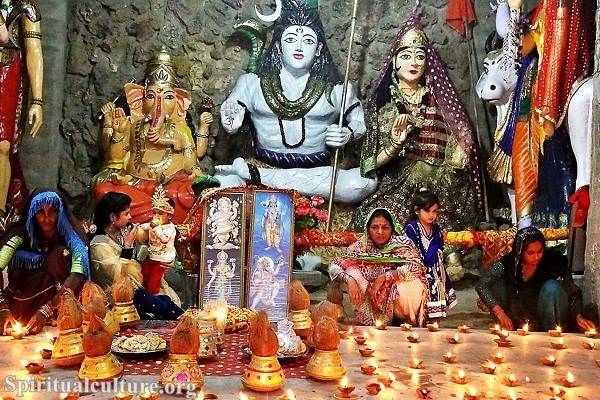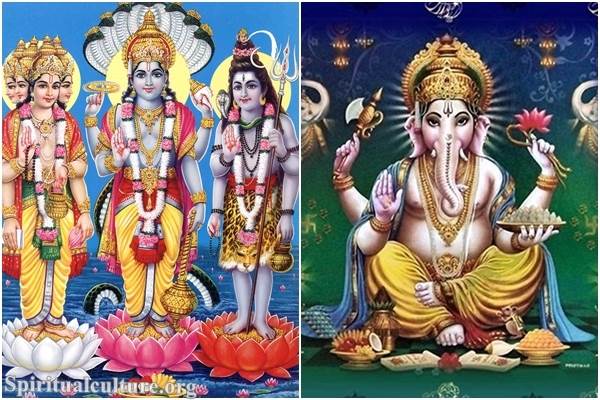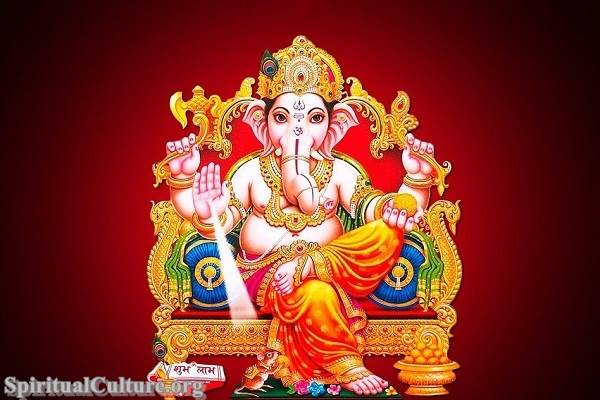From the banks of sacred rivers and the meditative silences of forest hermitages came forth a wisdom so vast, so quietly powerful, that it continues to stir hearts across centuries. The Upanishads are not just old scriptures; they are inner doorways — opening us to the mystery of the Self, the cosmos, and the sacred thread that binds all things.
As Spiritual Culture, we invite you to explore this profound stream of spiritual insight — not merely as a historical curiosity, but as a living wisdom. In this article, we will uncover what the Upanishads are, why they arose, what they teach, and why they matter — even today, in a world spinning with questions of identity, purpose, and peace.
What Are the Upanishads?
The End of the Vedas — and the Beginning of Inner Revelation
The Upanishads are a collection of ancient Indian spiritual texts, composed in Sanskrit, that form the philosophical heart of the Vedas — the oldest sacred scriptures of Hinduism. They are often called Vedanta, meaning “the end of the Vedas,” both chronologically and in the sense of reaching the ultimate spiritual teaching.
Not Ritual, but Realization
Where earlier parts of the Vedas focus on rituals, hymns, and duties, the Upanishads shift radically inward. They ask:
- Who am I, really?
- What is the Self?
- What is the nature of ultimate reality?
In doing so, they lay the foundation for Indian spiritual philosophy and meditation practices that have since echoed far beyond Hinduism — influencing Buddhism, Jainism, modern yoga, and even contemporary interfaith dialogue.
The Meaning of the Word “Upanishad”
Sitting Near with Reverence
The word Upanishad comes from three roots:
- upa (near)
- ni (down)
- shad (to sit)
Together, they imply “sitting down near a teacher” — a student quietly receiving sacred wisdom through intimate dialogue. The Upanishads were originally oral transmissions, passed from teacher (guru) to student (shishya) in deep trust and stillness.
This is more than just a method of learning — it symbolizes a spiritual posture: one of humility, attentiveness, and readiness to receive truth beyond the mind.
A Glimpse into the Upanishads’ Origins
From Forest Hermitages to Timeless Wisdom
The oldest Upanishads were likely composed between 800 and 500 BCE, during a time of social, cultural, and religious transformation in ancient India. Known as the “axial age” — a period that also saw the rise of Socrates, the Buddha, Confucius, and the Hebrew prophets — it was a time when human consciousness turned inward, questioning old certainties and seeking a deeper order.
A Cultural Shift Toward the Inner Life
In this atmosphere, forest-dwelling mystics — called rishis — renounced the external rituals of society to seek direct knowledge of the Divine, not through sacrifice, but through silence, meditation, and contemplation.
The Upanishads are the poetic and philosophical fruits of their discoveries.
What Do the Upanishads Teach?
The Self (Atman) and the Absolute (Brahman)
At the heart of all Upanishadic teaching is a single, staggering truth:
“Tat Tvam Asi” — “Thou art That.”
This simple phrase — from the Chandogya Upanishad — unveils a spiritual revolution: the inner self (Atman) is not separate from the cosmic ultimate reality (Brahman). The divine is not only “out there” — it is within you. Your innermost being is not different from the source of all existence.
Let’s unpack a few key teachings that emerge from this revelation.
Brahman: The Infinite Reality
Beyond Form, Beyond Name
Brahman is the term used in the Upanishads to describe the ultimate, formless, eternal reality. It is not a god in the mythological sense, but something more subtle — the source and substratum of everything, beyond all categories, beyond thought itself.
“Brahman is truth, knowledge, and infinity.”
— Taittiriya Upanishad 2.1.1
Brahman is not limited by time or space. It is the ground of being, the silent witness, the ever-present “Is-ness” of all things.
Atman: The Inner Self
Who Are You — Really?
Atman is the true Self, not your body, your thoughts, or even your personality. It is the unmoving center of awareness within you — pure consciousness.
“The Self is not this, not this” (neti neti).
— Brihadaranyaka Upanishad 2.3.6
This method of “not this, not this” leads the seeker to strip away all identifications, until only pure awareness remains — and in that awareness, one discovers divine unity.
Liberation (Moksha): Freedom Through Realization
To realize that Atman is Brahman is to awaken. This awakening is called moksha — liberation from the cycle of rebirth (samsara), and freedom from suffering, fear, and illusion.
It is not something you “achieve” — it is a revelation of what has always been true.
“As a man in the arms of his beloved is not aware of what is without and what is within, so the knower of Brahman, being embraced by the Self, knows nothing else.”
— Brihadaranyaka Upanishad 4.3.21
Why the Upanishads Matter Today
A Compass for the Modern Soul
In our age of distraction, anxiety, and division, the Upanishads offer a timeless mirror — calling us back to what is essential, eternal, and whole.
They speak not only to religious seekers, but to anyone asking:
- What is the meaning of life?
- Why do I feel incomplete?
- Is there something unchanging beneath all this change?
The Upanishads do not offer doctrines to memorize, but insights to internalize — an invitation to wake up, to see clearly, and to live from the center of truth.
Influencing Global Spiritual Thought
These texts have left deep imprints not only in Indian tradition but also across the world. Philosophers like Schopenhauer found solace in their ideas. Leaders like Gandhi, Tagore, and Vivekananda drew from their wisdom. Even the Transcendentalist movement in 19th-century America, through Emerson and Thoreau, echoed Upanishadic themes of inner divinity and unity with nature.
A Bridge Between Faiths and Science
Many contemporary thinkers and scientists have noted that Upanishadic insights align — metaphorically — with discoveries in quantum physics, particularly the interconnectedness of all things and the illusory nature of separateness.
While science explains the “how,” the Upanishads help us explore the “why” behind the why — the meaning behind existence, the intelligence behind order, and the mystery behind matter.
Not Just Philosophy — A Way of Being
Above all, the Upanishads are not only to be read but to be lived.
Their teachings invite us to:
- Meditate in silence
- Discern the Real from the unreal
- Seek truth within
- Love without division
- Die to the false self and awaken to the eternal Self
This is not mere intellectualism — it is inner transformation.
Reflections from the Upanishads
Let us pause to feel the depth of their voice:
“From the unreal, lead me to the real.
From darkness, lead me to light.
From death, lead me to immortality.”
— Brihadaranyaka Upanishad 1.3.28
“As rivers flow into the sea and lose their names and forms, so the wise person, freed from name and form, attains the divine.”
— Mundaka Upanishad 3.2.8
These are not poetic musings — they are guiding lights.
What This Means for You
Reflect and Reimagine
The Upanishads are not distant artifacts of a lost age — they are radiant with present-tense relevance. In a noisy world chasing surface pleasures and identities, they remind us:
You are more than what you do.
You are more than what you have.
You are more than what others think you are.You are That.
You are the Light behind the light.
As Spiritual Culture, we gently invite you to sit — not just beside these teachings, but within them. Let their ancient silence seep into your modern soul.
Let them ask you again:
Who are you?
And in stillness, you may hear the whisper:
You are That.
May this wisdom stir your spirit, awaken your seeing, and draw you nearer to the truth that never began and never ends.




